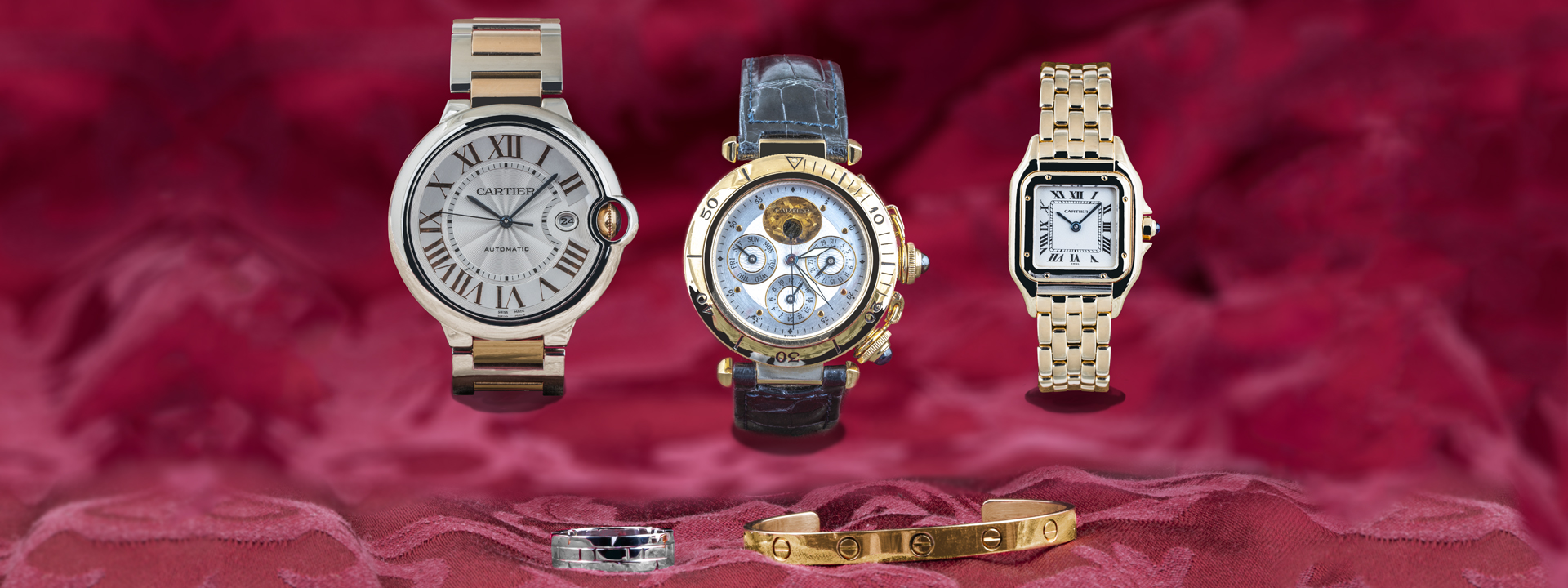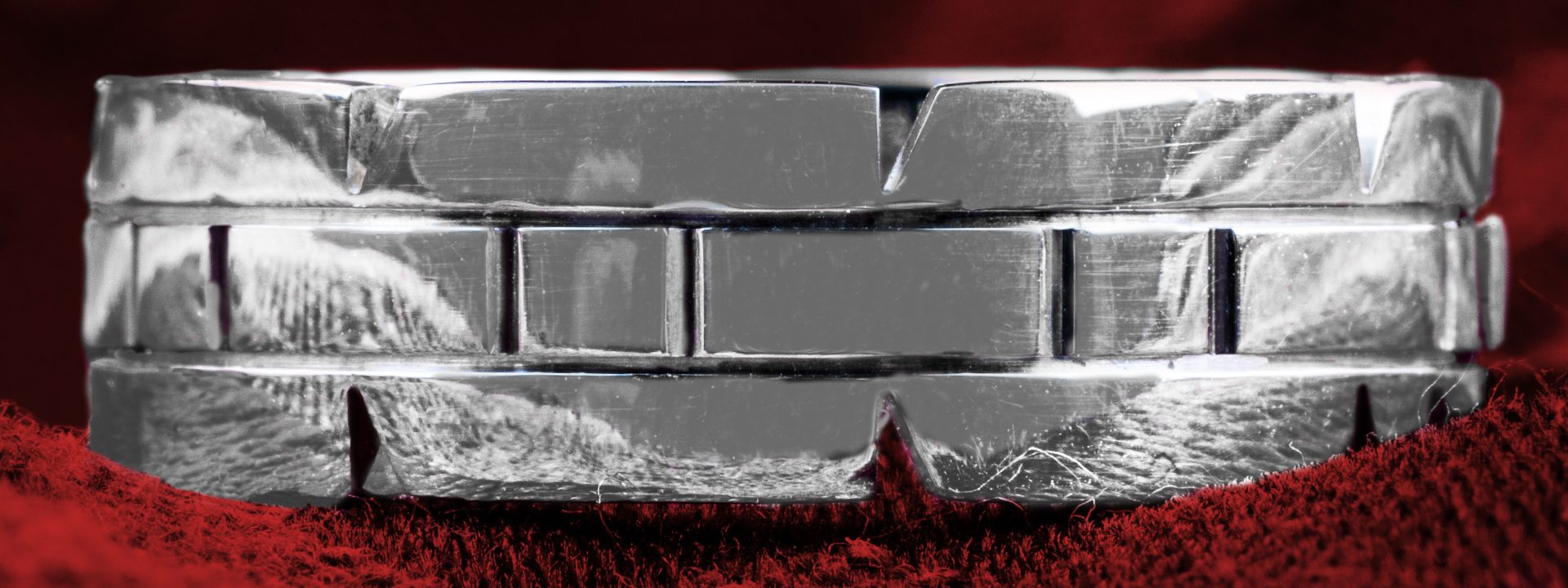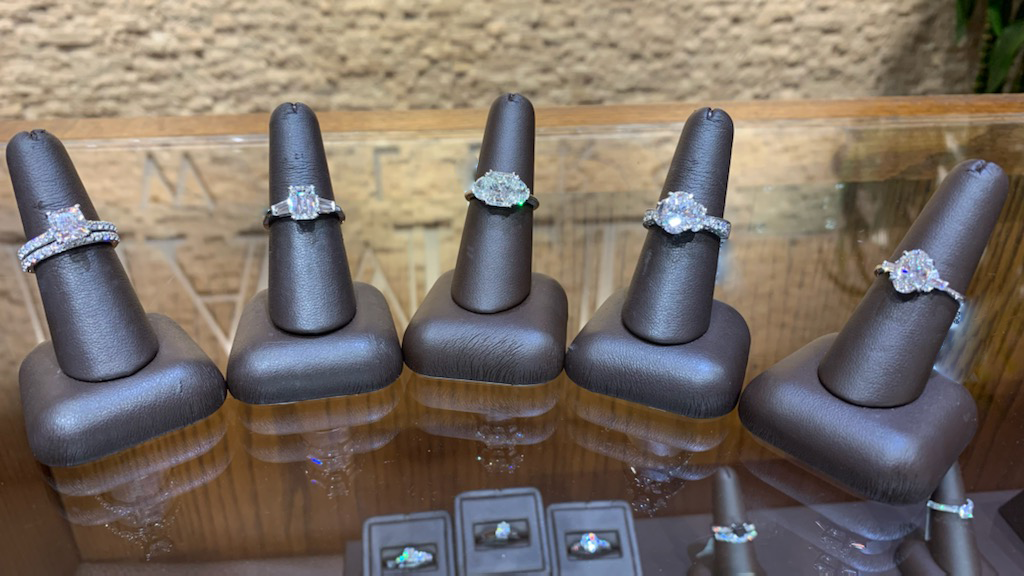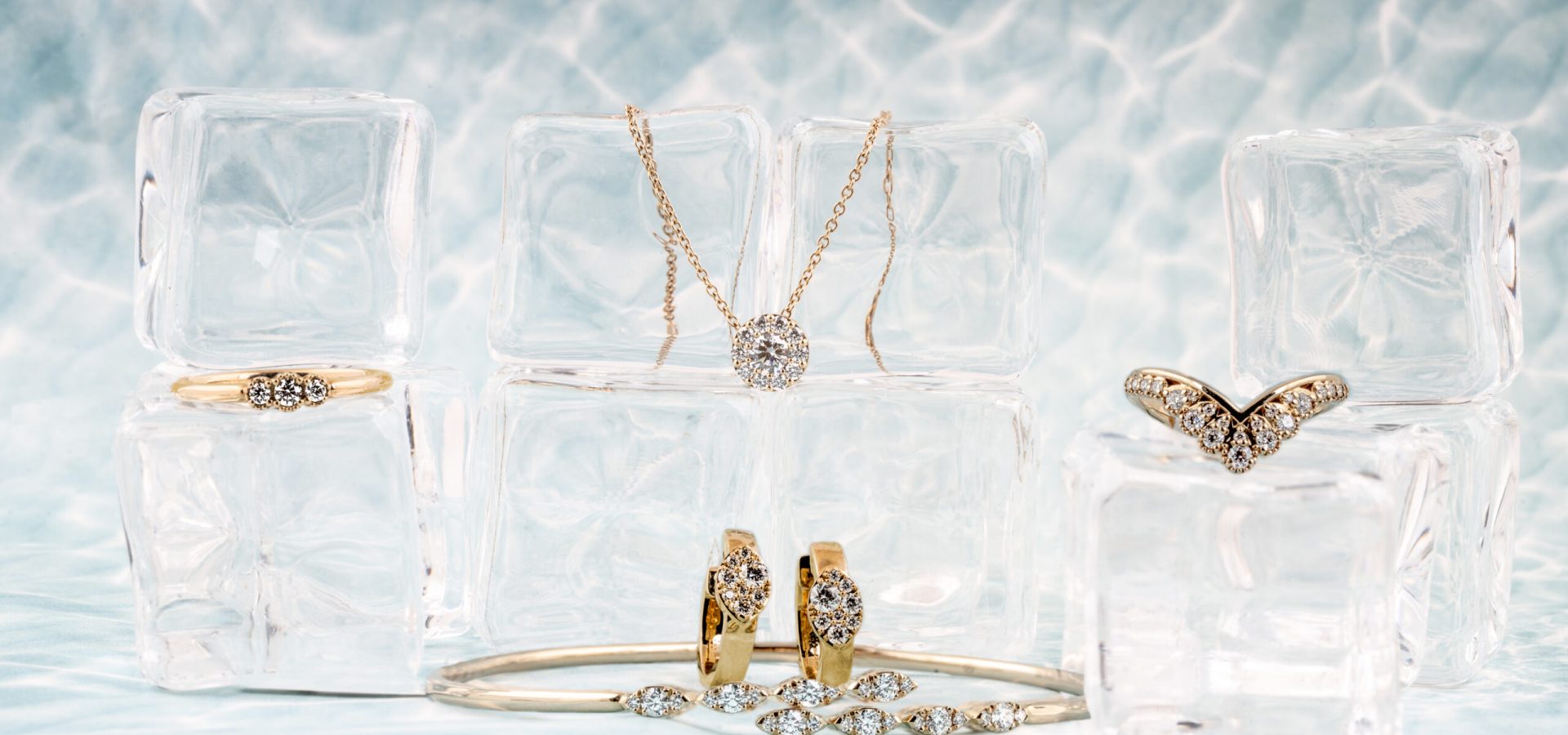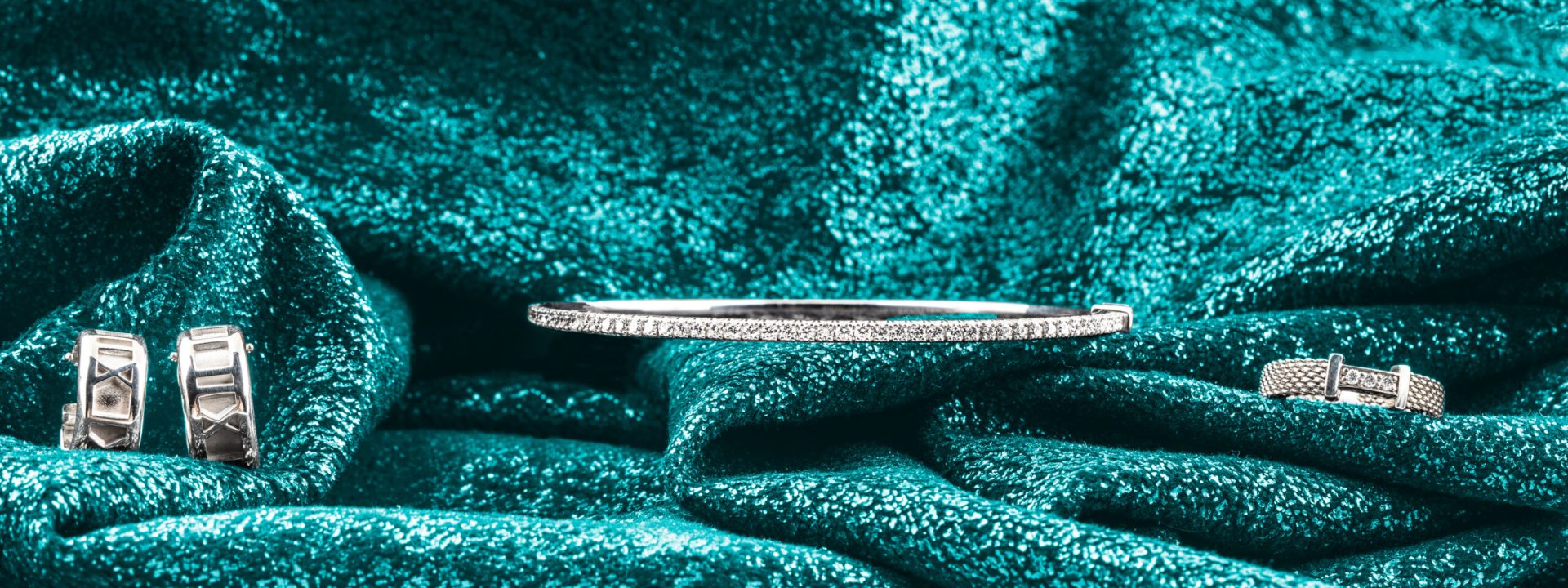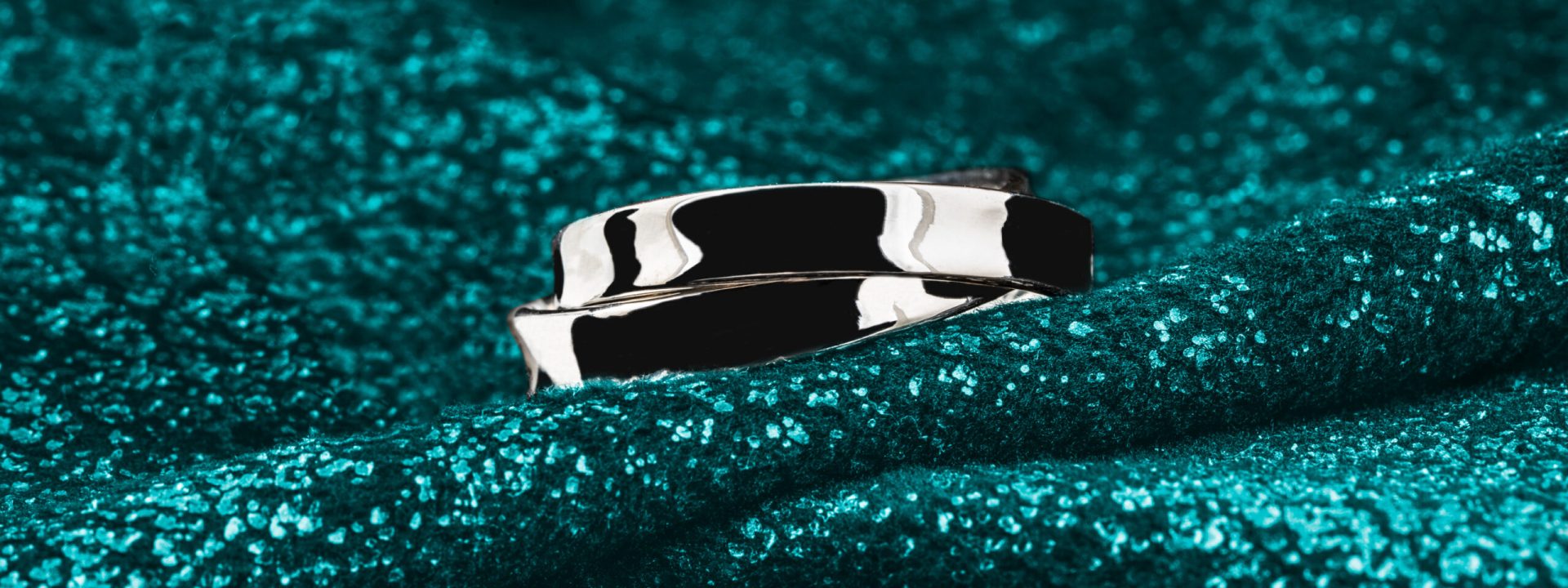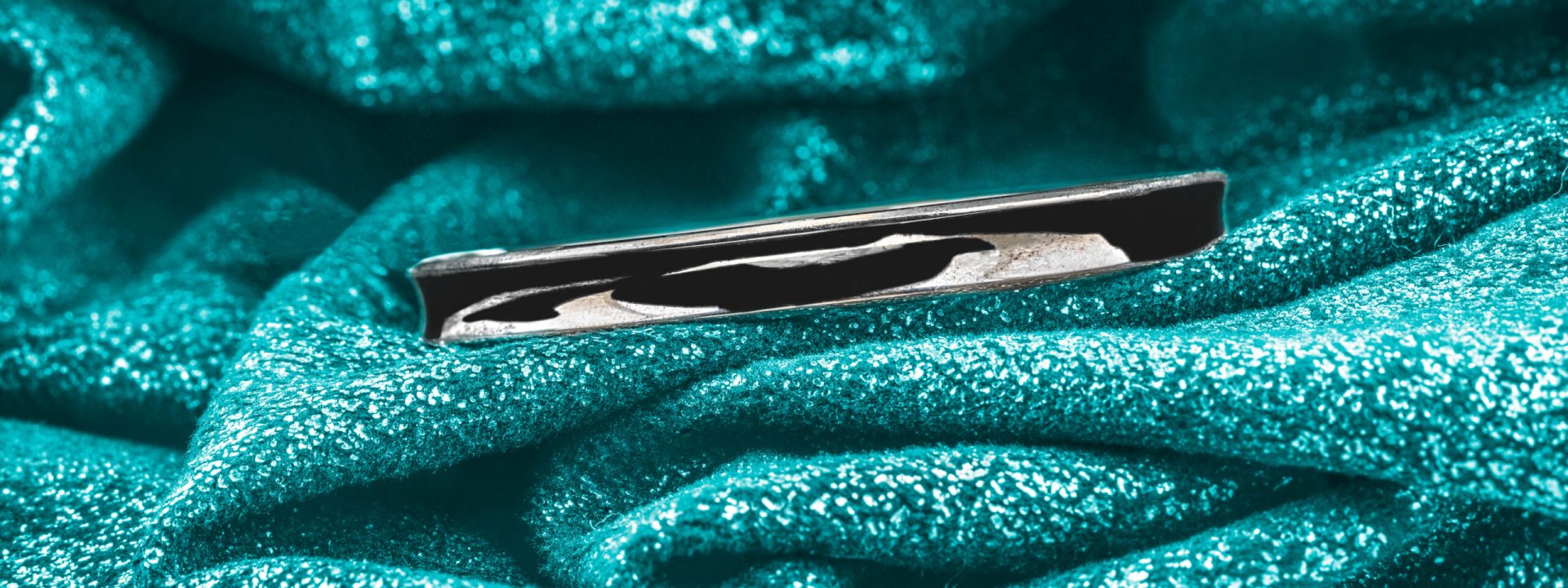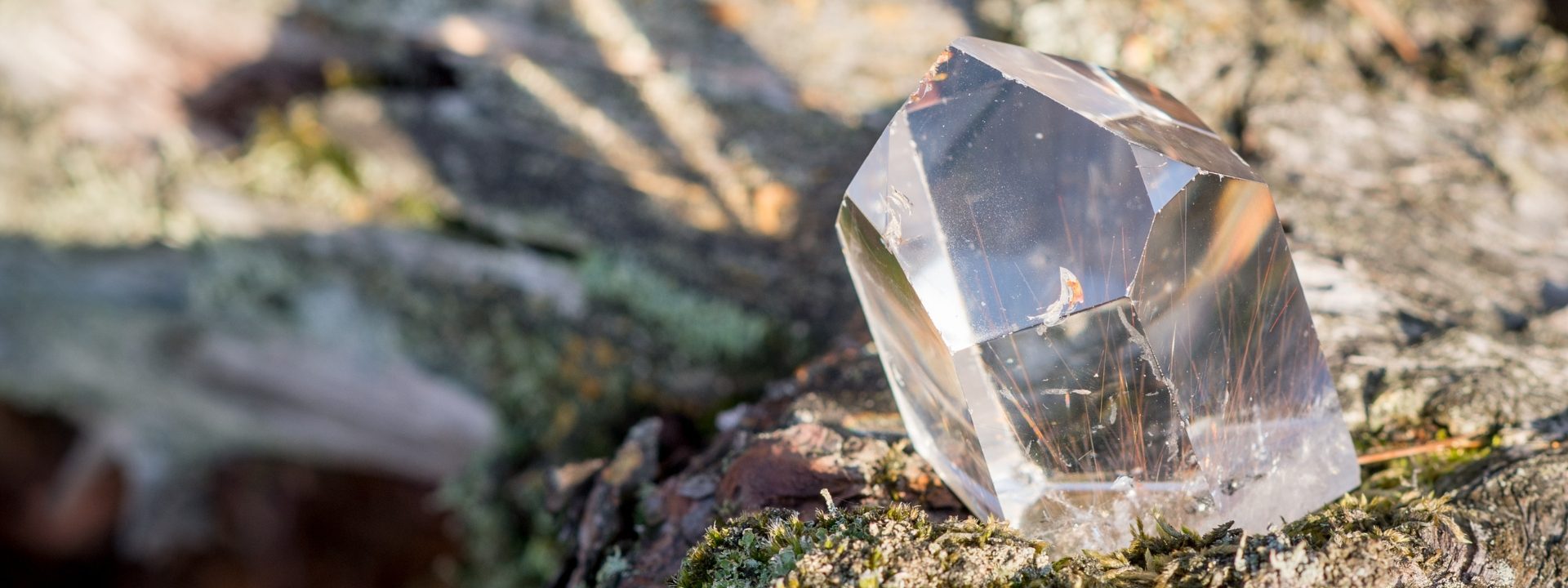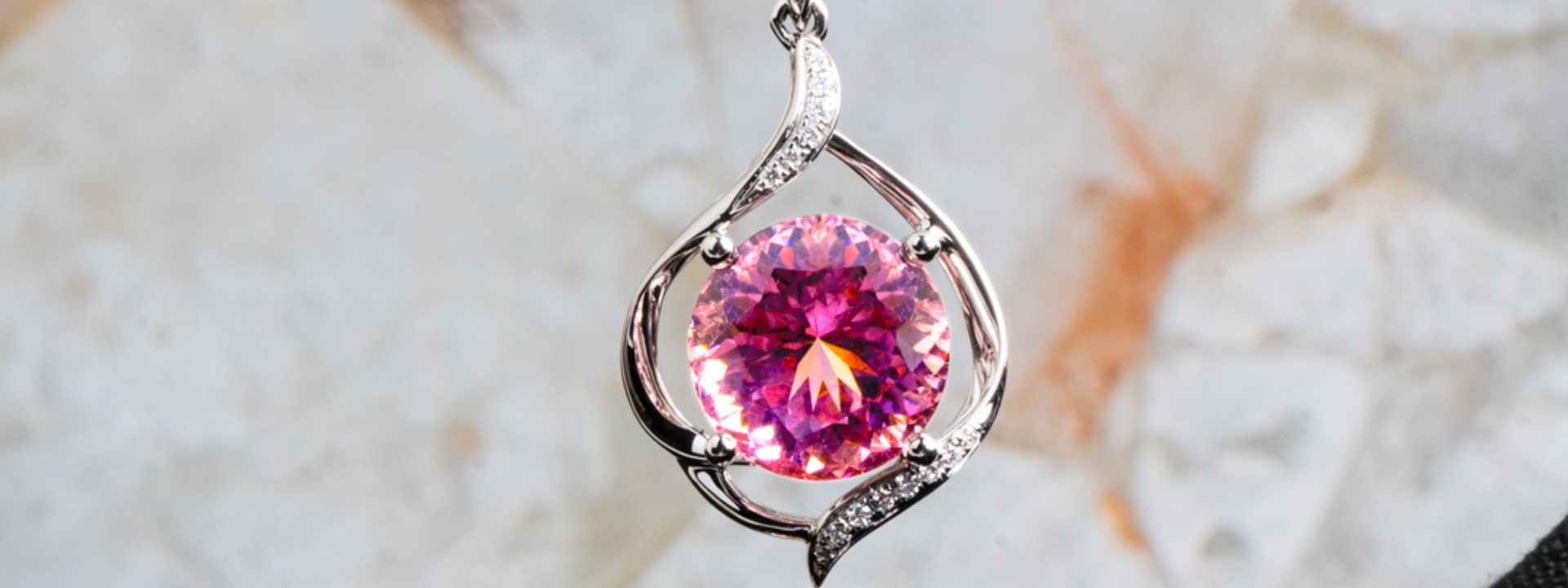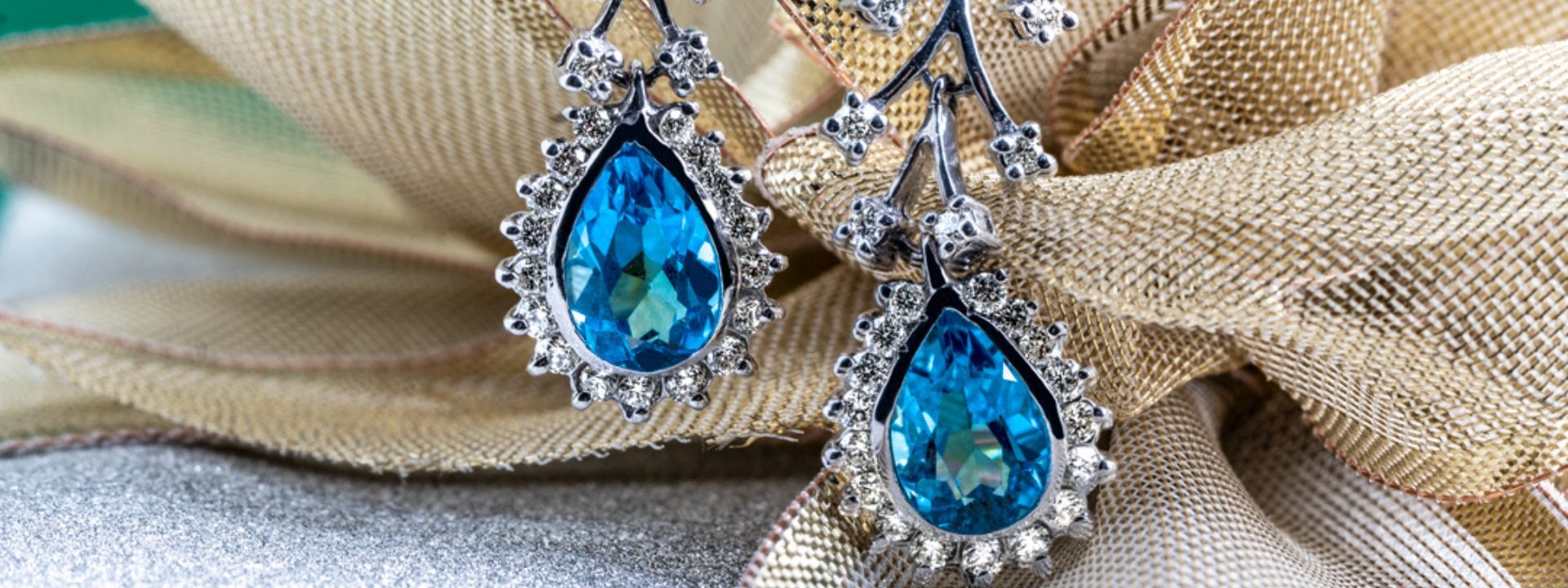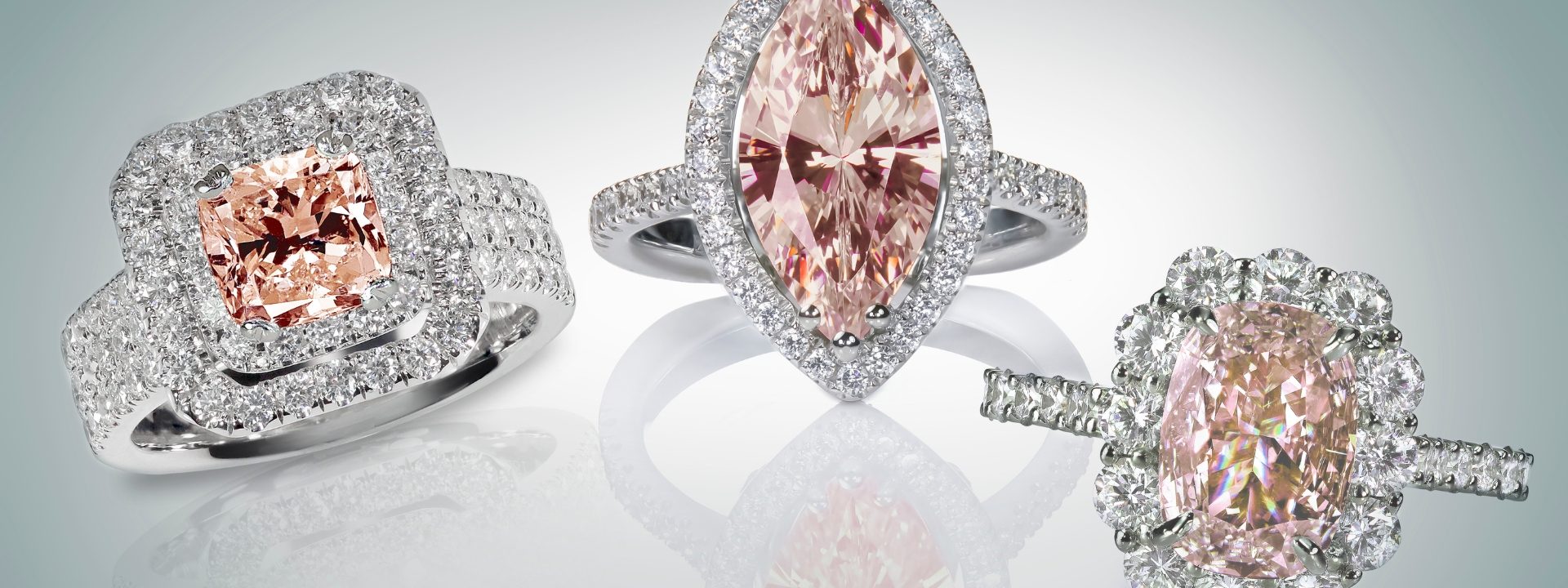Tiffany & Co. is one of the most universally recognized fine jewelry brands. Since it was founded in 1837, Tiffany & Co. has produced highly desirable necklaces, engagement rings, earrings, and other kinds of accessories. Collections such as Return to Tiffany®, Tiffany Infinity, and Tiffany Celebration® have earned the company status as an iconic American brand time after time. The distinct Tiffany blue color has become a symbol of fine jewelry, high-end fashion, and sophistication. That did it take to become one of world’s biggest brand names? There is more to the company’s history than meets the eye.
The Early Years of Tiffany & Co.
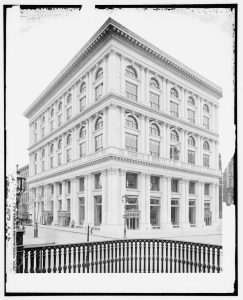
The premier jewelry store was founded in 1837 by Charles Lewis Tiffany and John F. Young. Originally, it was called Tiffany & Young. In 1853, Charles Tiffany bought out his partners, established sole control of the company, and renamed it as we know it today – Tiffany & Co.
In the beginning Tiffany and Young did not intend on selling jewelry. The store was opened as a “stationary and fancy goods” store with a $1,000 advance from Tiffany’s father. During the 1867 Paris World’s Fair, Tiffany & Co. was awarded the grand prize for silver craftsmanship. This marked the first time and American design house had been so highly honored by foreign peers.
Tiffany has been a valuable asset to America’s history for over 170 years. During the Civil War, Tiffany designed ceremonial swords as well as swords to be used in battle by soldiers. In 1885, Tiffany redesigned the Great Seal of the United States, which is displayed on the back of the dollar bill to this day.
Tiffany has been a valuable asset to America’s history for over 170 years. During the Civil War, Tiffany designed ceremonial swords as well as swords to be used in battle by soldiers. In 1885, Tiffany redesigned the Great Seal of the United States, which is displayed on the back of the dollar bill to this day.
Trademark Collection and Other Accesories & Adornments
Besides brilliantly stunning jewelry, Tiffany is also known for producing a variety of accessories. In the 1960s, Tiffany was commissioned to create the White House China for President Lyndon B. Johnson. Today, Tiffany has an entire line dedicated to accessories consisting of key rings, handbags, sunglasses, writing instruments and more.
One of Tiffany’s signature accessories if the Return to Tiffany® key rings. Introduced in 1969, eack key ring is inscribed with the message, “Please Return to Tiffany & Co., New York”. Each one has a unique registration number so if the key and owner are ever separated, they can be reunited at Tiffany’s Fifth Avenue flagship store. Now, the company has a whole collection devoted towards the iconic phrase, “Please Return to Tiffany & Co.”
Sports Trophies
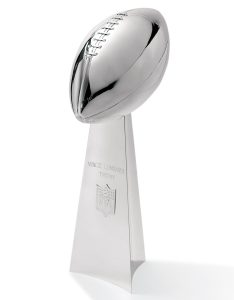
One of the more surprising details of Tiffany’s history is how involved the brand is in the sporting world. Tiffany has been at the center of American sports since 1860, creating trophies for horse racing, the World Series, the Super Bowl, the Indianapolis 500, and more. The iconic brand also creates championship rings for the NFL, MLB, and USA Basketball.
Since Superbowl I in 1967, Tiffany & Co. has created each Vince Lombardi trophy. The trophy stands just under two feet tall at 22″, weighs over 7 pounds, and is adorned with a regulation-size football. While the first trophy was given to Vince Lombardi in 1967 after the Green Bay Packers victory over the Kansas City Chiefs, the trophy wasn’t the “Vince Lombardi Trophy” until his death in 1970.
Engagement Rings & Other Fine Jewelry
In 1886, Charles Tiffany had an epiphany about how engagement rings should be set. Rather than having an exceptional diamond hidden in a bezel setting, as was the fashion at the time, he decided that the diamond should stand out above the band, maximizing its brilliance. Thus, the creation of the Tiffany engagement ring became the engagement ring as we know it today.
Tiffany & Co. is also highly regarded for their yellow diamonds. Tiffany’s love for these rare and radiant diamonds dates to 1878 when Charles Tiffany purchased the 287.42-carat Tiffany Diamond. The priceless stone, one of the world’s most important diamonds, was cut into a cushion-shape brilliant weighing 128.54 carats and still resides at the trademark New York Tiffany location.
Tiffany’s reputation continued to flourish with the production of the 1961 film Breakfast at Tiffany’s. This was allegedly the first time the store ever opened on a Sunday and allowed filming inside. During production, Tiffany hired 40 security guards to protect all the precious pieces.
Tiffany & Co. in San Diego
Whether you’re looking for a classic Return to Tiffany key ring, vintage Tiffany & Co. Elsa Peretti earrings, or unique Tiffany & Co. engagement rings, our vast vintage collection is bound to impress. Although we’re located on San Diego Avenue, not Fifth Avenue, we guarantee your experience will be just as remarkably high-class as Holly Golightly’s outing to Tiffany & Co. New York.

